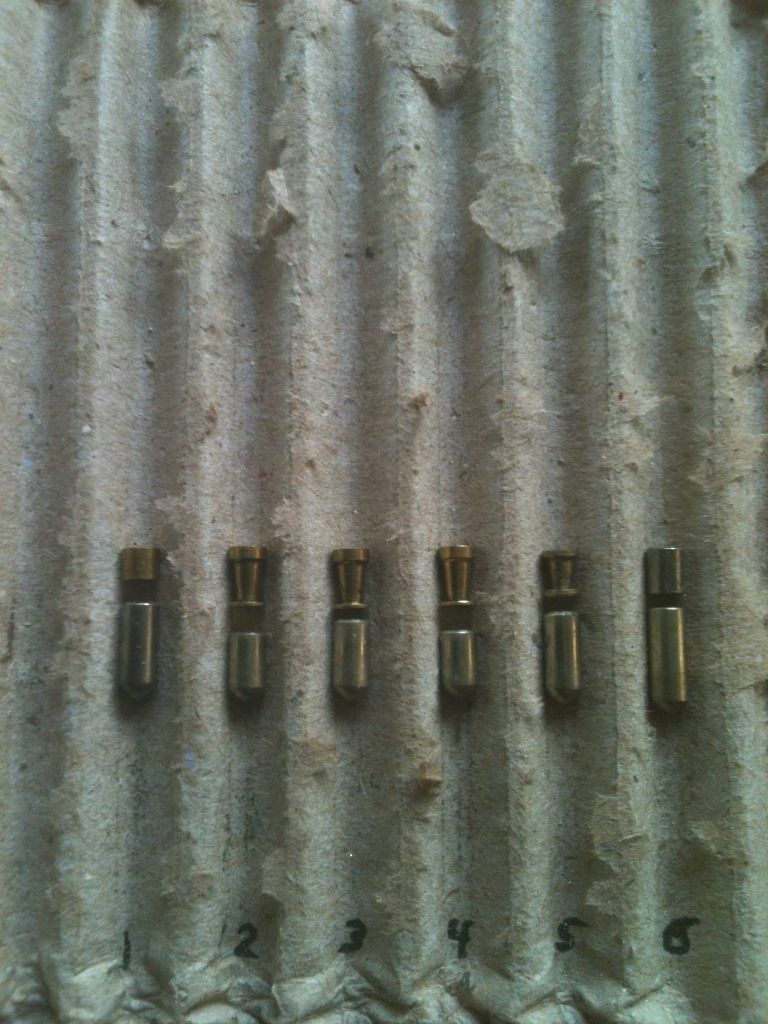GWiens2001 wrote:Banham security pins are pretty cool.

That set furthest on the right is at the key bow (accurately number 1), and both the key pin and driver pin are magnetic! Those mushroom pins are serious, too.
Gordon
Back in 1960's Yale in UK (before Williams and then ASSA mergers - although USA Yale had bought out H&TV, and Yale in turn bought out ETAS and others in UK) put 2 spool drivers in its standard 5 pin cylinders (2nd and 4th position) and in mid 1960's put in three spool drivers (1st, 3rd, and 5th). They used three (I think) lengths of driver so pin stack heights were approximately equal. I do not recollect magnetic pins being used!
The Banham mushroom pins pictured look the same as Yale pins. A Banham cylinder and key I saw years ago looked very much as if it had been manufactured by Yale (Banham AFAIK contracts out its manufacturing). It had what looked like a Yale multiplex keyway and the key had a square bow as Yale masterkeys had and was numbered BAN nnnn. It complied with BS3621 for pick resistant locks and this requires at least 5 levers or 6 pins with an anti-pick device (spool pins would be acceptable) and at least 1000 differs off levers or pins. The lock had to be tested 10,000 times (I think) and a key with one cut one level higher or lower was not to operate the lock after the test. Masterkeying not permitted. Banham also sold cast bronze Yale padlocks branded Banham.
The cylinder normally be prone to bumping if you could find a key that entered the cylinder that could be filed down (Yale did not sell blanks for its multiplex keyways in UK), and Banham (founded AFAIK by a former police detective) would have been aware of this. So the magnetic driver/ pin would defeat bumping would have been a factor in explaining why Banham locks were popular with insurance companies in London. Others may know more about this than I do.
More recent Banham lock cylinders I think use a dimple key - I used one when I stayed in a friend's flat in London a few years ago.
